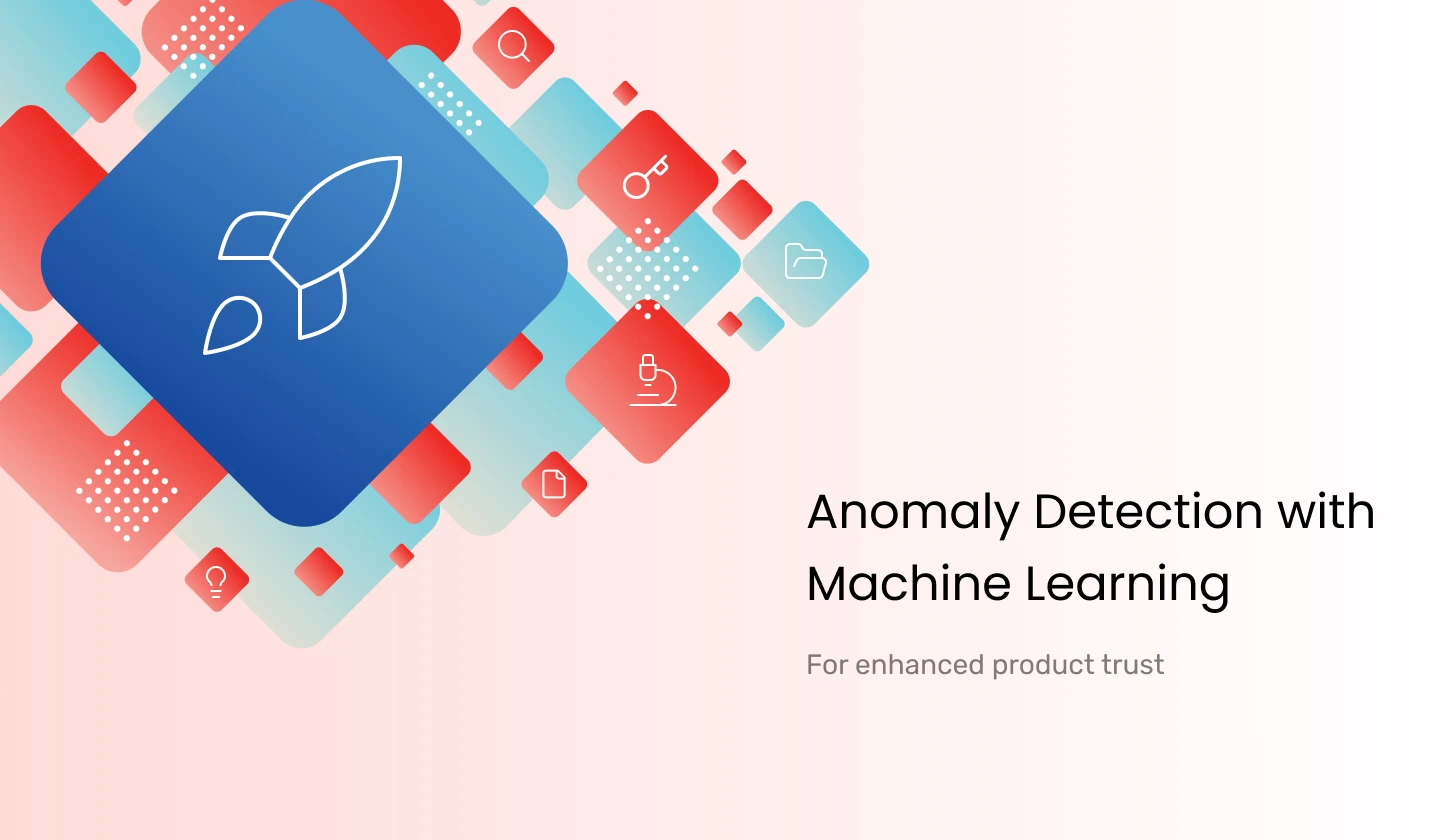In the early days of any product, small incidents stay small. A few users encounter something unusual, support gets a ping, and you step in to patch it.
But when your product scales, every delay, glitch, or outlier touches thousands. One oddity starts affecting metrics, reputations, and eventually — trust.
This is where anomaly detection with machine learning can help.
It tracks unusual patterns across your product. It finds what doesn’t follow expected behavior. And it helps product teams catch the drift before it becomes a crisis.
Let’s explore how SaaS teams are using anomaly detection to build products that feel reliable, smart, and always in control.








 12 mins
12 mins







 Talk to Our
Consultants
Talk to Our
Consultants Chat with
Our Experts
Chat with
Our Experts Write us
an Email
Write us
an Email





